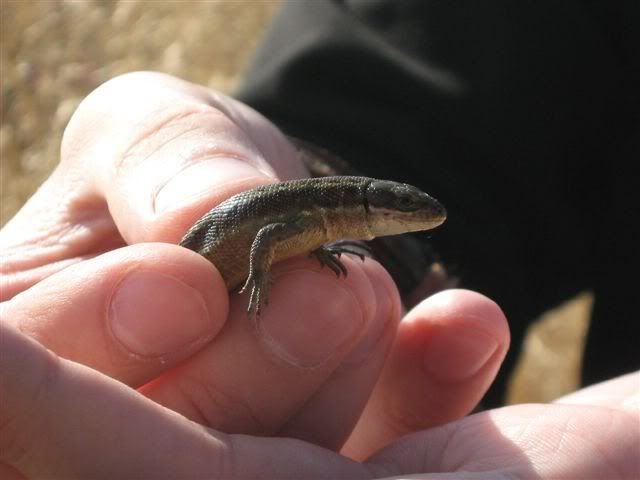Well, it's coming up to one of the busiest and best times of the year for us herpetologists... baby season. Another few weeks and the little ones will be hatching (Grass snakes and Sand lizards) or giving birth (Slow-worms, Adders, Common lizard and Smooth snakes). With this in mind, I thought I'd better have a break from werewolf hunting and actually do what I'm paid for.
Was a good day, with 22 slow-worms (amazing 15 gravid females), nine adders (one gravid female, not good) and two grass snakes (both male).
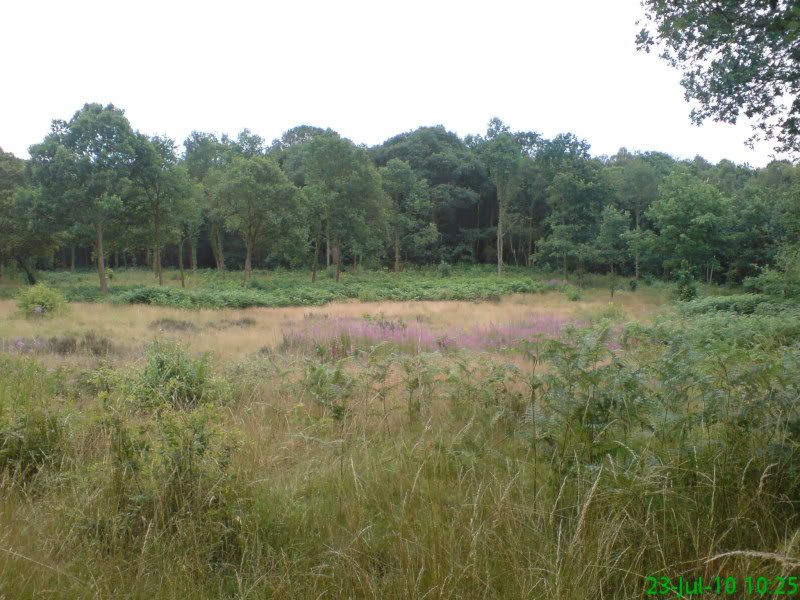
Here's the biggest female, clearly preggers and about to drop in three or four weeks dependng on the weather....
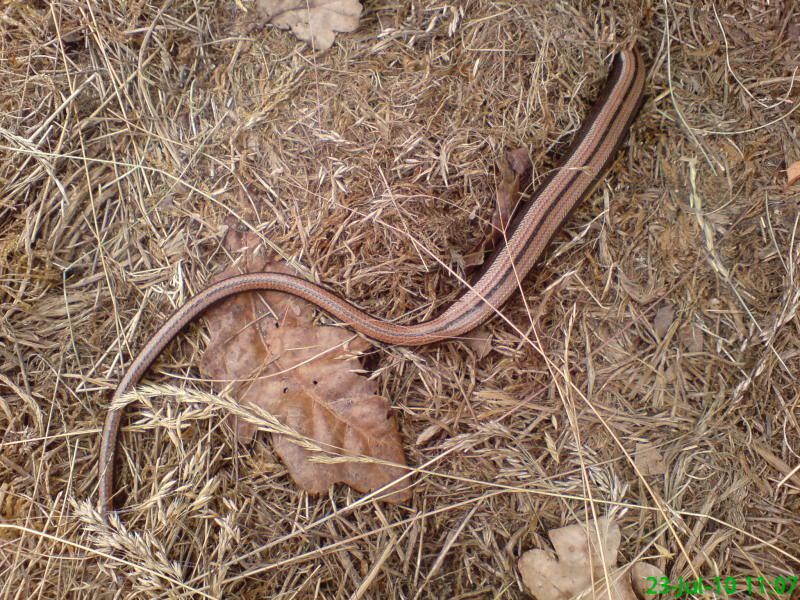

And a slightly smaller female, probably only her first pregnancy...
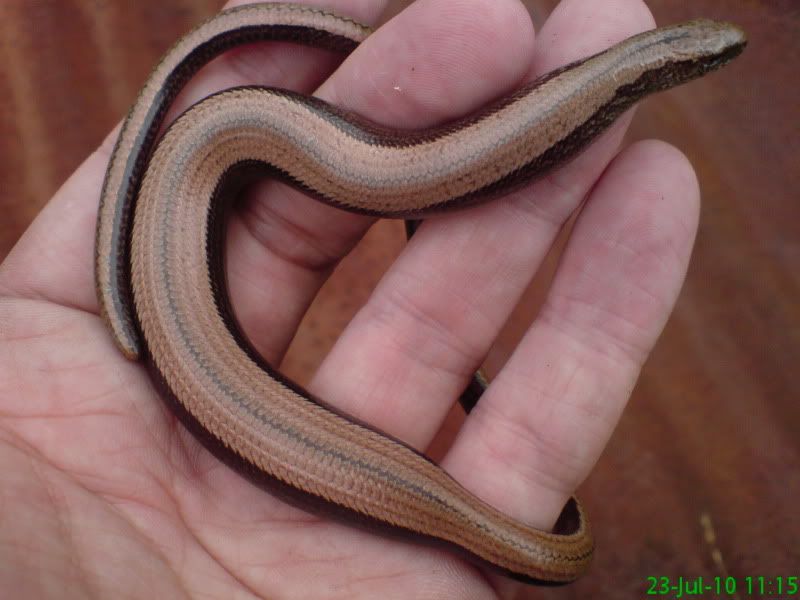
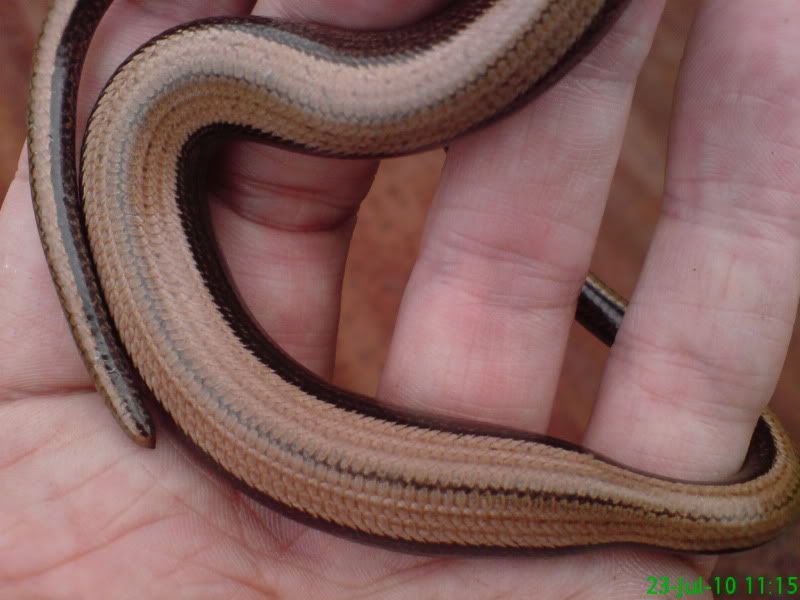
A female adder which had the biggest tick I've ever seen on her head (had fun getting that off)...

And one grumpy male...

Was a good day, with 22 slow-worms (amazing 15 gravid females), nine adders (one gravid female, not good) and two grass snakes (both male).

Here's the biggest female, clearly preggers and about to drop in three or four weeks dependng on the weather....


And a slightly smaller female, probably only her first pregnancy...


A female adder which had the biggest tick I've ever seen on her head (had fun getting that off)...

And one grumpy male...


